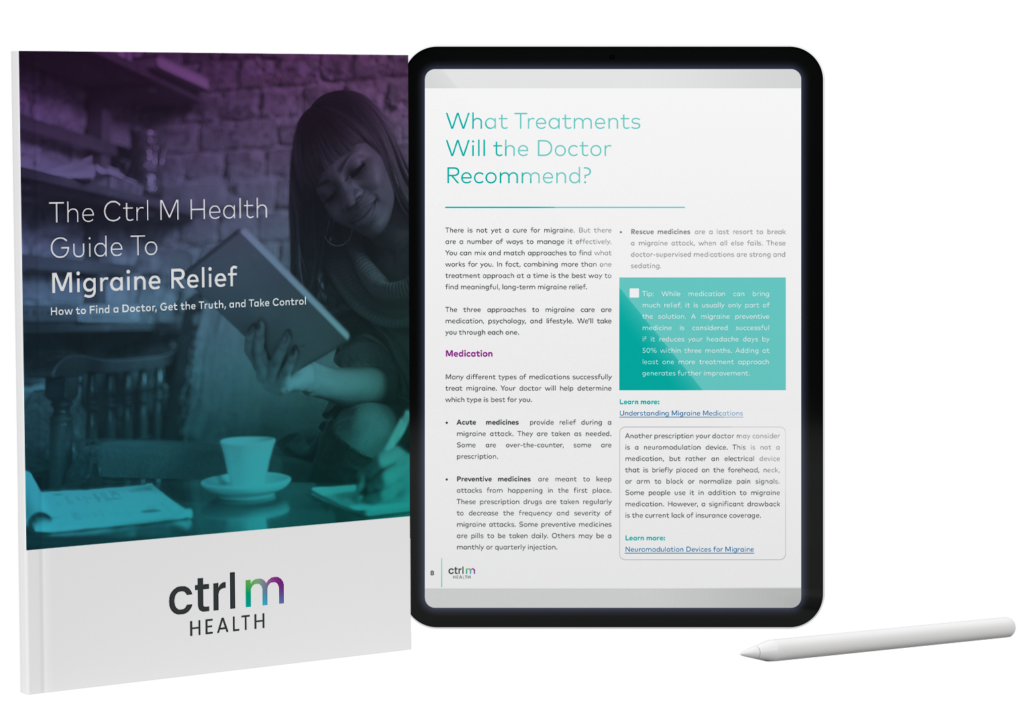Hormones play a big role in the migraine experience for women throughout every life stage. Here’s a snapshot of how hormonal changes over your lifetime—especially changes in estrogen, the main female sex hormone—can impact your migraine.
Phase One: Puberty and Menstrual-Related Migraines Begin
It’s common for women to have their first migraine during puberty, when girls begin to produce more of the hormone estrogen. It’s thought that the dramatic (though biologically normal) hormonal cycling over the month, from high to low, is a catalyst for menstrual migraine.

Interestingly, before puberty, boys and girls have a similar prevalence of migraine. After puberty, however, women with migraine outpace men at a rate of three to one, probably linked to increased estrogen.
A recent study found that transgender women who began taking estrogen while transitioning—in essence, undergoing puberty—developed migraine at about the same frequency as cisgender women.
Phase Two: Pregnancy (and a Temporary Reprieve)
Pregnancy often improves the frequency and severity of migraine for most women, though as many as 40 percent continue to experience attacks during pregnancy. A 2003 study of pregnant women with migraine found:
-
- 47 percent reported their migraine improved or vanished during the first trimester
- 83 percent reported their migraine improving or vanishing during the second semester
- 87 percent reported their migraine improving or vanishing during the final trimester
Phase Three: Perimenopause (Time to Buckle Up)
The time period just before menopause brings wild hormonal swings—and with it, difficult changes in headache patterns and characteristics. Migraines often become more frequent and intense in this period of time. Due to their irregularity, they can also become more challenging to treat.
-
- Migraine aura alert: Aura may slightly increase your lifetime risk of stroke—as do oral estrogen contraceptive pills and hormone replacement therapy. When considering any hormone-related treatment, be sure to mention your migraine aura to your healthcare provider.
Phase Four: Menopause and (Maybe) Sweet Relief
By now, women are clamoring to know: Do migraines go away after menopause? The answer is: Oftentimes, yes. After menopause, hormones stabilize, and many women have far fewer migraine attacks. The attacks they do experience tend to be less intense and manageable with over-the-counter medicines. If that describes you, enjoy the new freedom and ease! You’ve more than earned some sweet relief.
However, improvement doesn’t happen for everyone, including a subset of women for whom migraine actually gets worse. Ultimately, there’s no way to predict whose headaches will get better with age and whose won’t.
At every stage, it’s good to consult with your doctor about migraine and hormones to develop a personalized treatment plan. That way, your plan remains in tune with your changing body, setting you up for your best health in your life with migraine.
The Care Tuner Guide to Migraine Relief
Untreated migraine tends to worsen over time, so if you suspect you have migraine, it’s important to get help. We’ve compiled everything you need, including what to expect, pitfalls to avoid, and what you can do right now to get relief.






